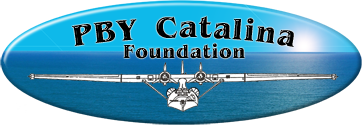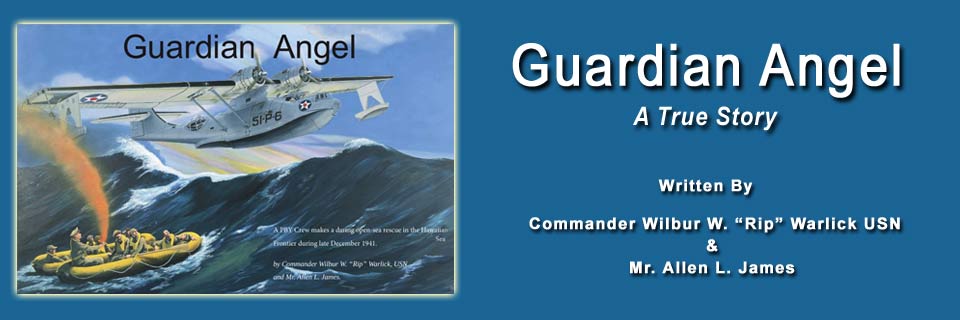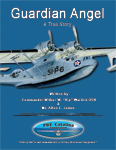Guardian Angel -- A True Story
Chapter Three
On 7 December, we were all attached to VP-54 working the neutrality patrol off the East Coast of the United States. With the complete destruction of all but two PBYs in Hawaii, our squadron was transferred piecemeal to Pearl Harbor and later redesignated VP-51. Snuffy and his crew had arrived in Hawaii on 13 December and had been assigned wartime patrols ever since. I arrived on 21 December, and Fisler and the balance of the crew flew in on 27 December. Our staggered deployment was a reflection of the devastation created by the Japanese military.
It was standard operating procedure to intermingle the new arrivals with established crews when entering the theater of operations. However, I felt comfortable with the combined experience of Flight Crew Six that morning. After all , four out of the seven of us were from the "good ole" Tar Heel State North Carolina.
Fisler checked his seatbelt and shoulder harness, adjusted his ever-present red baseball cap, glanced out his side window toward the rear of the plane, and then indicated to Snuffy that it was clear to start the engines. Within minutes, the two trusty Pratt & Whitney radials were purrring like townhouse kittens. Watson, seated in the tower, soon reported all pressures, temperatures and gages normal and ready for engine run-up and mag check. He then reported all was ready to go over the side. After completing the takeoff checklist, Fisler gave the beachmaster a "thumbs up," and if a few seconds we rolled down the ramp and slipped into the warm water of Pearl Harbor. The beaching gear was then removed, and we were free to taxi.
The sky was much lighter now as we began to move away from the ramp. The surface of the water had a rainbow sheen resulting from the still-leaking fuel oil from the sunken and damaged ships in the harbor, another reminder of the recent catastrophic attack. As we slowly taxied toward the start of the duty takeoff channel, I could see one other the twin crash boats cruising slowly along our starboard side to keep out intruders and to be available in case of a mishap. Once we were in position, the tower flashed us a green light, and within seconds the throttles were wide open. The harbor was smooth as glass and so our first takeoff run resulted in running out of safe"water real estate" before the pilots could break the surface suction and become airborne. Our second attempt was successful, and we slowly lifted into the air and head toward the exit channel and the open sea.
 It was during this period that I mused to myself about how the forecast for inclement weather in our assigned section might affect our ability to gain and maintain contact with home base using our flight frequency (continuous wave Morse code) aircraft transmitter and receiving equipment. My earlier tour of duty as a radioman on a four-stack destroyer in the Atlantic Theater and my current year of working on PBYs reassured me that I could get the job done.
It was during this period that I mused to myself about how the forecast for inclement weather in our assigned section might affect our ability to gain and maintain contact with home base using our flight frequency (continuous wave Morse code) aircraft transmitter and receiving equipment. My earlier tour of duty as a radioman on a four-stack destroyer in the Atlantic Theater and my current year of working on PBYs reassured me that I could get the job done.
As the day progressed, I had to dig deep into my bag of radio skills and tricks to meet the unexpected challenges which we encountered.
(Come back next Saturday for the continuing drama of Guardian Angel - A True Story.)


 Guardian Angel
Guardian Angel

